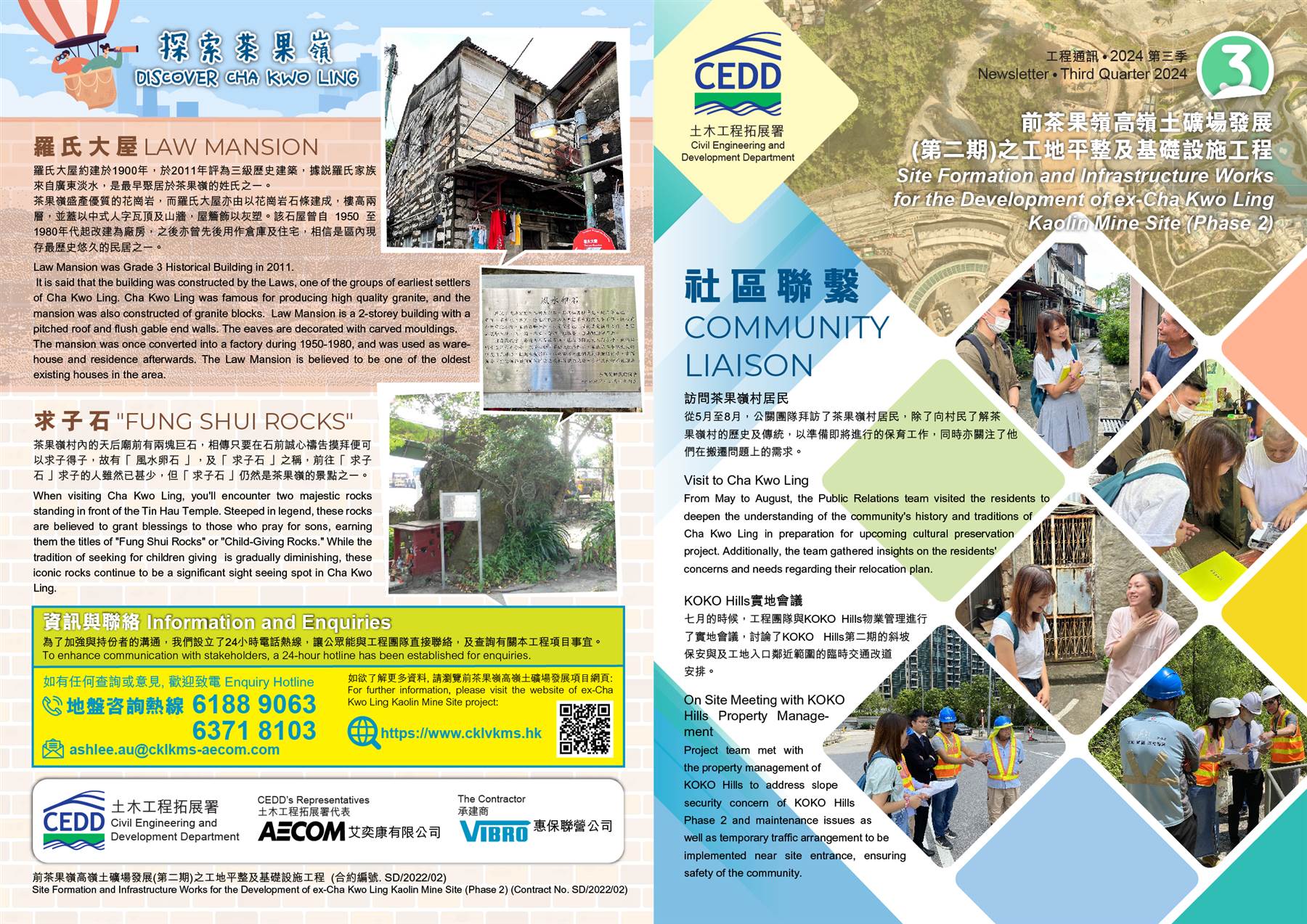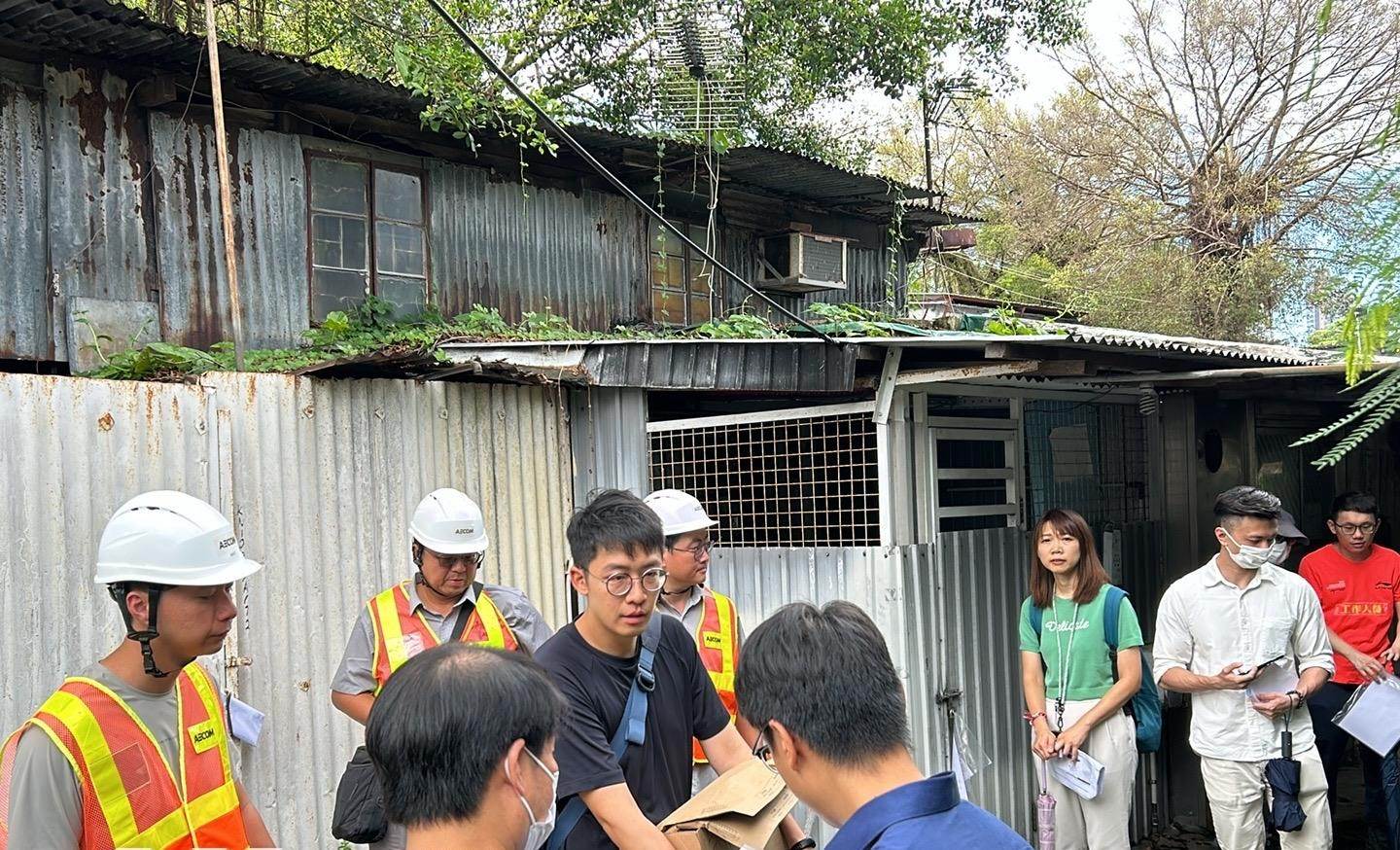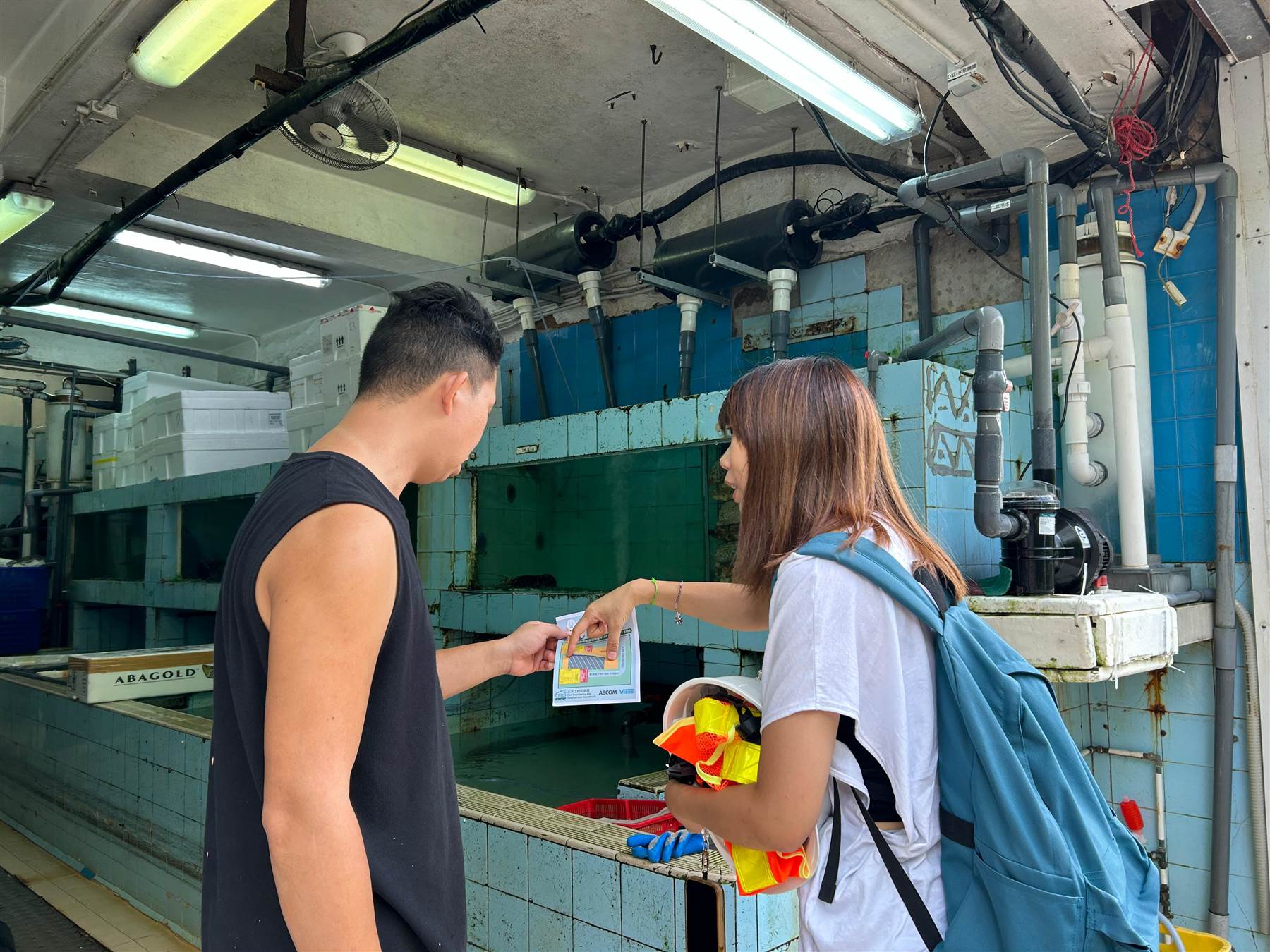Site Formation and Infrastructure Works for the Development
of ex-Cha Kwo Ling Kaolin Mine Site (Phase 2)
Project Details
The project includes site formation and infrastructure works for public housing development

31 July 2023
Background for the Project
The site for the ex-Cha Kwo Ling Kaolin Mine Site Phase 2 development, as one of the some 210 sites with housing development potential previously identified by the Government, is capable of providing some 2250 public housing units.
The project is first implemented by CEDD for the site formation and infrastructure works, and upon completion of site formation the land will be handed over to relevant Government Departments for public housing development and provision of related supporting facilities.
The site formation and infrastructure works mainly comprise:
(a) site clearance and formation, as well as construction of related retaining walls and slopes;
(b) construction of a carriageway with associated footpaths to connect Ko Ling Road and the development of ex-Cha Kwo Ling Kaolin Mine Site (Phase 2), and associated improvement works for nearby roads; and
(c) associated ancillary works including drainage works, sewerage works, waterworks and roadside greening works.
About Kaolin Mine Site
Kaolin mining in Cha Kwo Ling operated from 1903 to 1983. The kaolin mined was widely used in making ceramics locally and was also exported to Japan for the manufacture of high-grade porcelain ware, dinner sets and high voltage insulators. Cha Kwo Ling was also famous for its granite . The old Supreme Court Building opened in 1912, early houses, schools and Tin Hau Temple in Cha Kwo Ling Village, and even the Sacred Heart Cathedral in Guangzhou were also built with granite mined at Cha Kwo Ling.
Where does the name ‘Cha Kwo Ling’ come from?
Cha Kwo Ling was the centre of administration in Kwun Tong district during the late Qing Dynasty and the early days of the Republic of China. It was named after abundant parasol leaf trees were found in the mountain.
Origin of the Name
Cha Kwo Ling was the centre of administration in Kwun Tong district during the late Qing Dynasty and the early days of the Republic of China. It was name after abundant parasol leaf trees were found in the mountain, and the leaves of the parasol leaf trees were used in making the traditional Hakka snack ‘Cha Kwo’, hence the villages started to name the tree ‘Cha Kwo Tree’.
A Little History
According to the military map dated in 1922, Cha Kwo Ling was marked as ‘Rocky Hill’. The height of Cha Kwo Ling shown on the map at that time was 497ft, which was around twice of the current height. Cha Kwo Ling, together with Sai Tso Wan, Ngau Tau Kok and Lei Yue Mun, were once known as the Four Hills of Kowloon which were manually mined quarries that once produced granite and kaolin clay. After World War Two, the Four Hills became increasing prosperous. In 1947, Cha Kwo Ling was chosen as site for oil tanks by Asiatic Petroleum Company (South China) Limited and workshop and quarry by Hong Kong Clays and Kaolin Company . In around 1955, there was a large scale reclamation in Kwun Tong which speeded up the industrialization of Cha Kwo Ling and its adjacent area.
Site Formation and Infrastructure Works for the Development
of ex-Cha Kwo Ling Kaolin Mine Site









